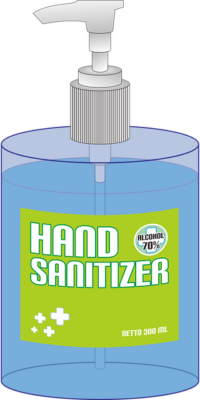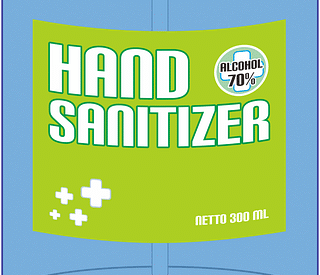Can’t miss the news about hand sanitizer these days. Curious about how it’s made ? First a little background.
Hand Sanitizer Origins
 According to ProQuip, hand sanitizers were first sold in the 1980s in Europe as a quick way to help kill bacteria and virus on your hands when soap and hot water are not conveniently nearby.
According to ProQuip, hand sanitizers were first sold in the 1980s in Europe as a quick way to help kill bacteria and virus on your hands when soap and hot water are not conveniently nearby.
“Most hand sanitizers come in liquid or gel form and are made from isopropyl alcohol (ethanol is also sometimes used), agents to prevent skin drying (e.g., glycol) and several other ingredients which vary from manufacturer to manufacturer. Alcohol content also varies but is typically 60% or greater per FDA recommendations. The alcohol content in hand sanitizers makes them flammable.
The time period in which isopropyl alcohol, the main component in hand sanitizers, was discovered is debated. Some say it was centuries ago, perhaps even the 1300s. Regardless, most sources say isopropyl alcohol first became commercially available in the late 1800s or early 1900s.
Propene is a basic material used in isopropyl alcohol. It is derived from fossil fuels, typically petroleum and natural gas (Sciencing).”
How Hand Sanitizer is Made
Hand sanitizer is made in a liquid blending process. Ingredients (alcohol, ethanol, glycol and others) combine easily in mixing tanks for commercial production. Instead of baffle, usually an impeller like the ProQuip Doubly-Pitched HiFlow impeller is recommended as viscosity often changes during the mixing process (especially for hand sanitizer gels).
“Isopropyl alcohol production combines propene with water using direct or indirect methods. Distillation removes compounds used to facilitate the combination process (Sciencing).”
Personal care companies use ProQuip tank agitators to manufacture a wide variety of products like hand sanitizer, soap, body wash, shampoo, deodorant, makeup, lipstick, hand lotion, moisturizer, perfume, cologne and shaving cream.

